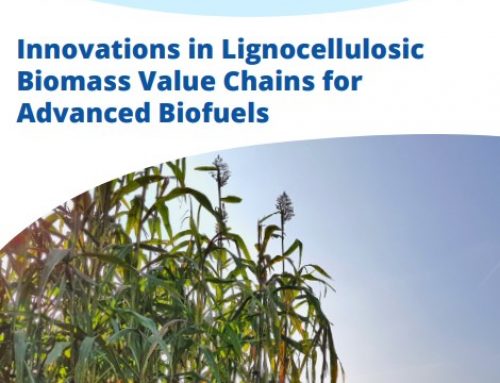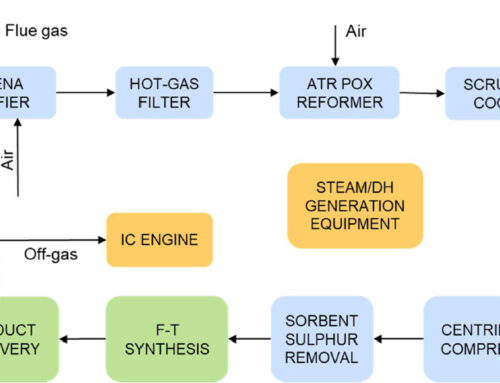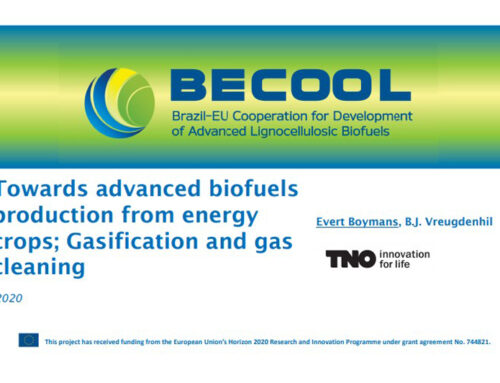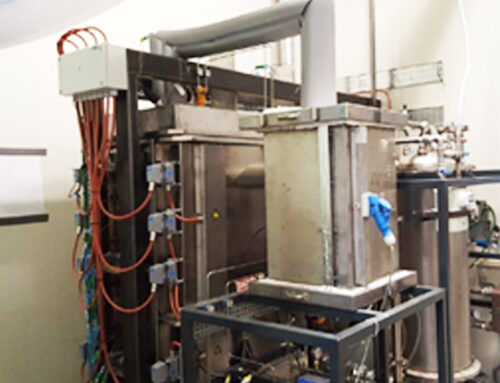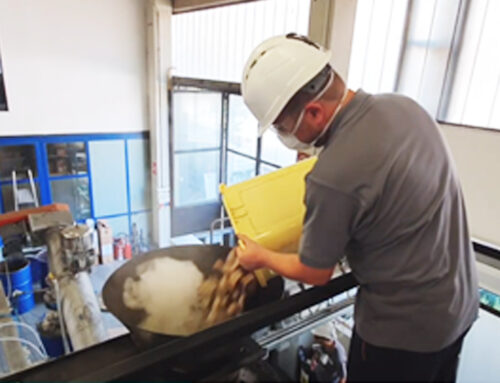The BECOOL project aims at developing innovative solution within European agricultural systems to produce lignocellulosic biomass for advanced biofuels. The project assesses different value chains from several biomass resources. One of the research components of BECOOL focuses on increasing the efficiency in recovering lignocellulosic biomass from the unused residues of traditional crops, such as chaff, maize cob, and tree prunings.
In this context, researchers at Italian CREA-IT (Consiglio per la Ricerca in Agricoltura e l’Analisi dell’Economia Agraria) have carried out on-field trials to assess the performance of an innovative mechanized system to collect Maize cob. These trials were performed near the city of Cuneo, in the municipality of Revello (Italy), in coordination with Giletta farm.
The maize cob has become a material of high interest since the most common practice is to leave the cobs on the soil during the harvesting of maize grains. The interest in maize cobs comes also from the fact that, according to EUROSTAT, more than 9 Mha in EU28 are cultivated yearly with grain maize with an average yield of 1 t/ha of cob. This would mean that more than 9 Mt/yr of cob could be available as resource for bio-commodities, biomass for energy and biomaterials like: substrates for animal bedding, substrates for hydroponic cultivation, feedstocks for the production of active carbon for water treatment, abrasive material for metal or wood surface conditioning.
Several tests were conducted by means of a commercial combine harvester machine equipped with the innovative HARCOB system, developed by AGRICINQUE Gruppo Racca srl. The tests were performed during maize grain harvesting in October 2018. The system separates maize cob from the other residues (leaves, stem, culm, etc.) and collect it into an additional tank (9 m3). Depending on the final use of the product, the system can control the amount of the other residues collected. The feedstock is chopped inside the tank, and the size of the particle can be varied. The cob is then stored until it is unloaded thanks to an innovative auger system which requires the same working time of the unloading of maize grain.
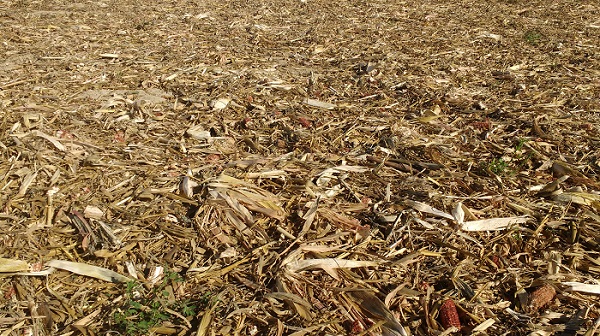
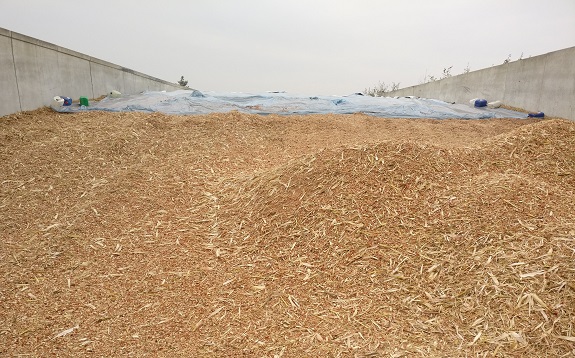
On the left, maize left uncollected on the ground; on the right, the maize being stored after harvesting.
The first results of these tests will be available by the end of 2018.


